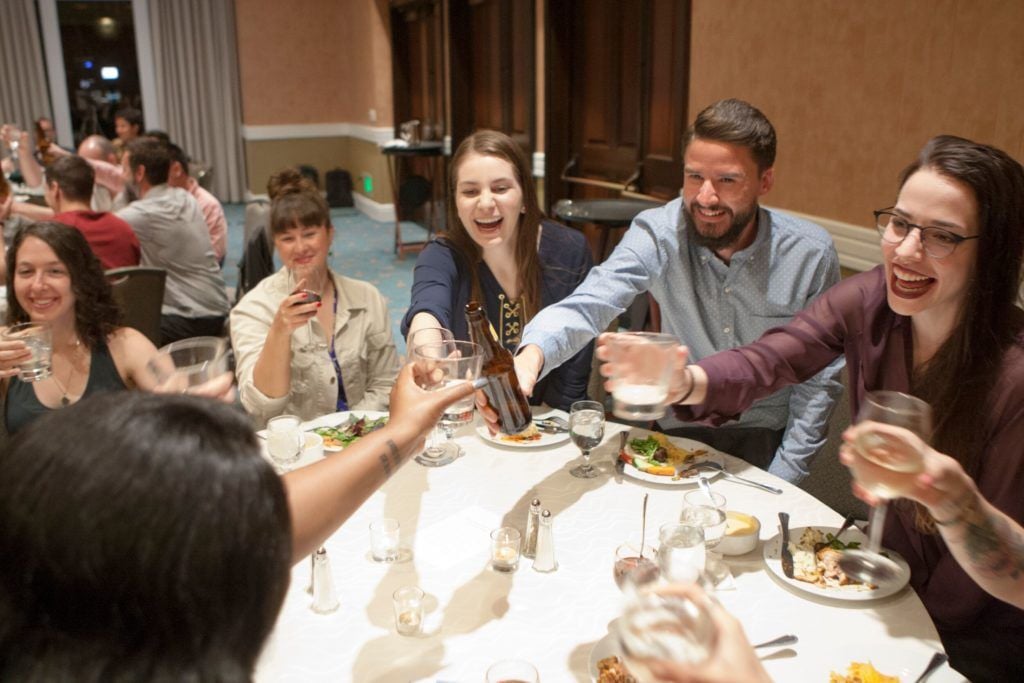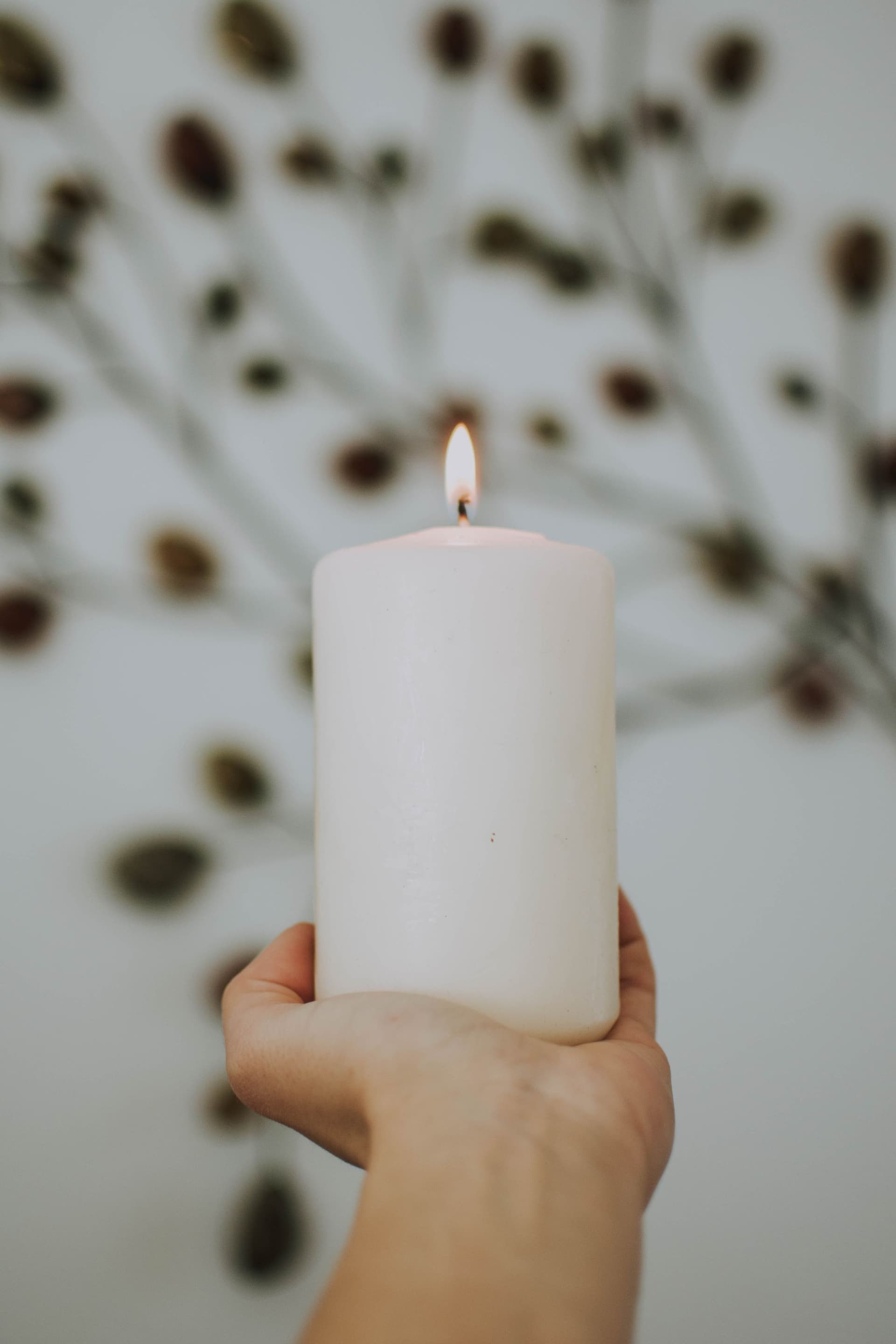In mid-2017, I hit burnout in a really big way and wound up taking a 6-week break to recharge.
I want to fully share my story here and include some things I wish I’d done differently in the hope that this can help anyone else experiencing burnout.
How it began: A year of change, stress, and loss
Looking back, the lead-up to my burnout goes back to the end of 2015. My co-founder and I were growing apart on our vision for Buffer’s future, which continued throughout 2016 despite several in-person meetings where we tried to find common ground. In mid-2016, financial challenges resulted in layoffs at Buffer and in early-2017, Buffer’s co-founder and CTO both left the company.
It was a whole lot of change, stress, and loss in a short space of time. Paul Graham, one of the founders of Y Combinator, has said “you can think of a startup as a way to compress your whole working life into a few years” and it sure felt that way.
Beyond the work stress, my partner Jess and I were having challenges in our relationship, too. With the benefit of hindsight, I now realize both Jess and I had a lot of external stressors at the time that clouded everything and made us negative, stubborn and heavy. I’m happy to say we got through it and recently got married.
Adrenaline was carrying me through
Throughout all of this, I can look back and see that while I was exercising and keeping myself in good shape, as well as feeling optimistic about the future of Buffer, it was adrenaline that was carrying me forward. I knew I needed to get the company through this major transition period. I cared so much about Buffer and about everyone, and nothing was going to stop me from solving it.
I remember, for example, speaking individually with every person in the company over one-on-one video calls about my co-founder and CTO leaving in the two weeks after those changes took place. I spoke with more than 80 people individually. I had the adrenaline and drive to do that, and it was such a good decision.
We also had a whole company retreat shortly afterward. This was a hugely important moment for me to be able to talk to the team in person and explain all the events of the prior year. I had to restore the team’s confidence in Buffer after all the changes and also just connect with people. It took a lot of energy.

By the spring of 2017, the company felt much more stable. As soon as the adrenaline subsided my body, and mind, suddenly realized everything I’d gone through. That’s when the burnout really hit me. The adrenaline had been masking things.
‘I had nothing left’
This is how I’d describe my experience of burnout: I lost motivation. I just didn’t care. I knew I cared deeply, but I had nothing left. I couldn’t get up in the morning. I felt very sensitive and emotional. It was like anything could set me off, and make me well up. I cried a lot, by myself and with people close to me.
To share a journal entry I made from that time: “I’m feeling this general dull sadness or struggle in me.” And another: “Everything feels harder, and I’m generally feeling a cloud over me and more low in energy and pessimistic than usual.”
I knew I needed to do something because in my burnt-out state I couldn’t lead the company. Eventually, through a lot of extremely kind support from my leadership team, I decided to take a break from Buffer. I wrote a memo to the team sharing my plans and delegating responsibilities, then I signed out of Slack and almost immediately started taking leave.
I didn’t plan anything specific for my time off, and I didn’t even have a specific date that I planned to be back. I just wanted to return when I knew I was in a better state emotionally and mentally.
How I recharged on my break
The first few days, I did nothing. I woke up late, I watched YouTube, I went climbing with a friend, I went on long walks. I don’t think it would have helped for me to make any bigger plans. And this is how it was for a few weeks. I started to exercise a lot, too, because I had all the time in the world. My spirits started to rise and I eventually did actually make some plans. I chose to go to the Dominican Republic for a week and learn to kitesurf.
Sometimes people ask me how I resisted checking in on the company. The answer is that I was so drained and unmotivated that it didn’t enter my mind. I had delegated responsibilities, and I had full trust in my team.
This break is also the time that I started meeting with a therapist – something I had initially been resistant and a bit skeptical about. Huge thanks to Hiten Shah for his recommendation and kindness on this topic. Regularly getting therapy is something I cannot recommend highly enough. To this day, I still meet with my therapist every three weeks.
About three to four weeks into my break, I felt much better. I felt lighter. I got my energy and motivation and excitement for Buffer back again. I vowed to be better about self-care, and have made changes that I believe have significantly improved my self-care routine. I believe the burnout I went through is avoidable – and hopefully, this can help anyone who may feel like they’re potentially on the verge.

Preventing burnout: My biggest lessons
One of my biggest takeaways was the importance of perspective and taking a break. We’re lucky at Buffer to have people in their sixth, even seventh year at the company. After so long working on something, especially with the intensity of a startup, it’s natural for there to be a build-up and dip in motivation. I believe we all need a reset every five years or so.
As a company, one of the things we’ve done to prevent burnout is put in place a true sabbatical policy at Buffer.
No matter what kind of company you work for, there are some simple things you can do as an individual that I would recommend to help prevent burnout.
- Create a habit of disconnecting and taking one true vacation each year. This is really important preventative work; it’s very easy to never take a true vacation.
- Have a hobby that gets you to disconnect. A key turning point in my burnout recovery was rediscovering the hobbies that I enjoyed doing before Buffer, like skiing, surfing, hiking, and mountain biking. I recommend finding things you can progress on and feel an achievement from that aren’t work.
- Get a therapist or coach, even if you don’t feel like you need one or you’ve never done it before. From my experience, it’s better to have those relationships already established than to be at a low point and then be searching for a therapist or coach on top of everything else.
- Finally, if you are feeling burnt out and are thinking about taking time off, do it without plans. If you feel like you should have some big sabbatical plans, it may only add more stress to a time where you’re very sensitive.
Burnout can happen to anyone
If you haven’t experienced burnout and you don’t know what it is, it’s very easy to believe it could never happen to you – especially if you’re earlier in your career.
I hope sharing my story here – including all the things I wish I’d done differently – can help others who might be close to or actively experiencing burnout. I truly believe that if you take the time to recover from burnout, you can come back stronger than ever.
Try Buffer for free
190,000+ creators, small businesses, and marketers use Buffer to grow their audiences every month.




